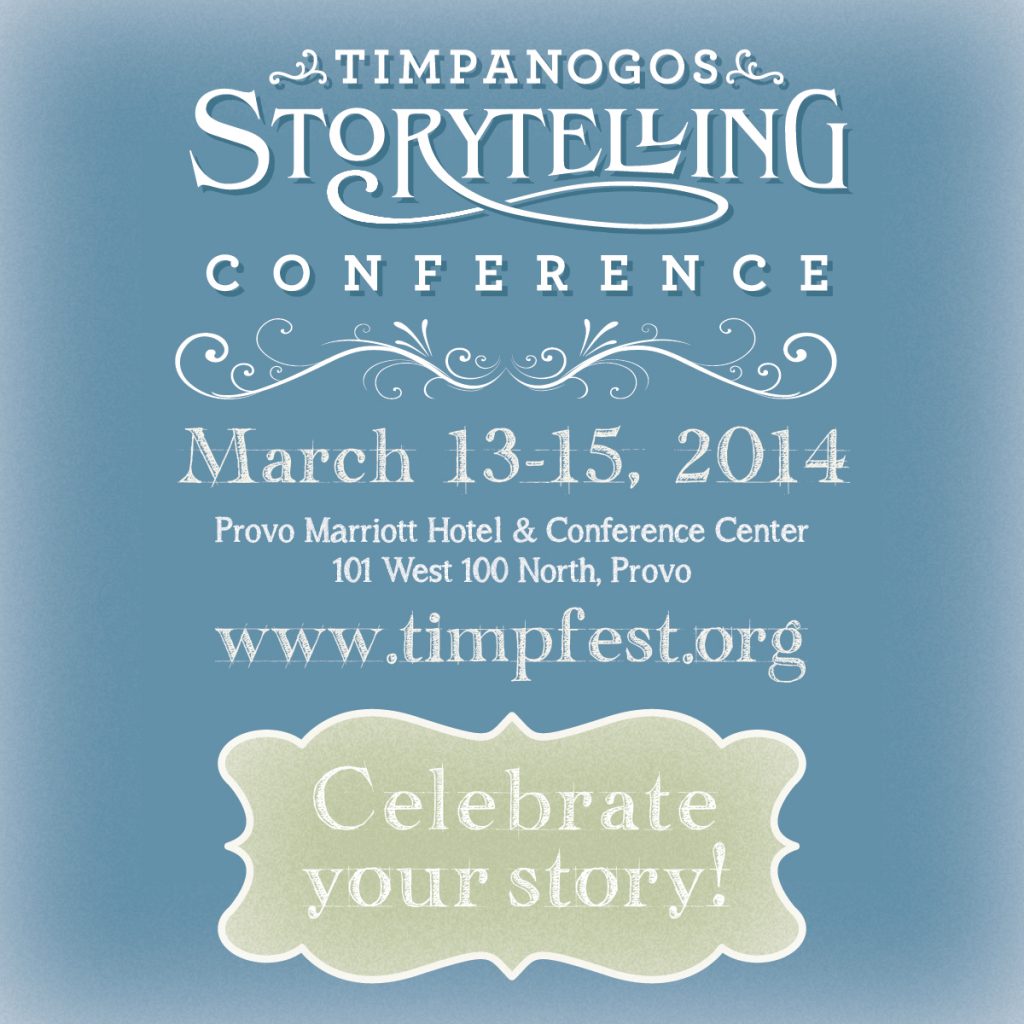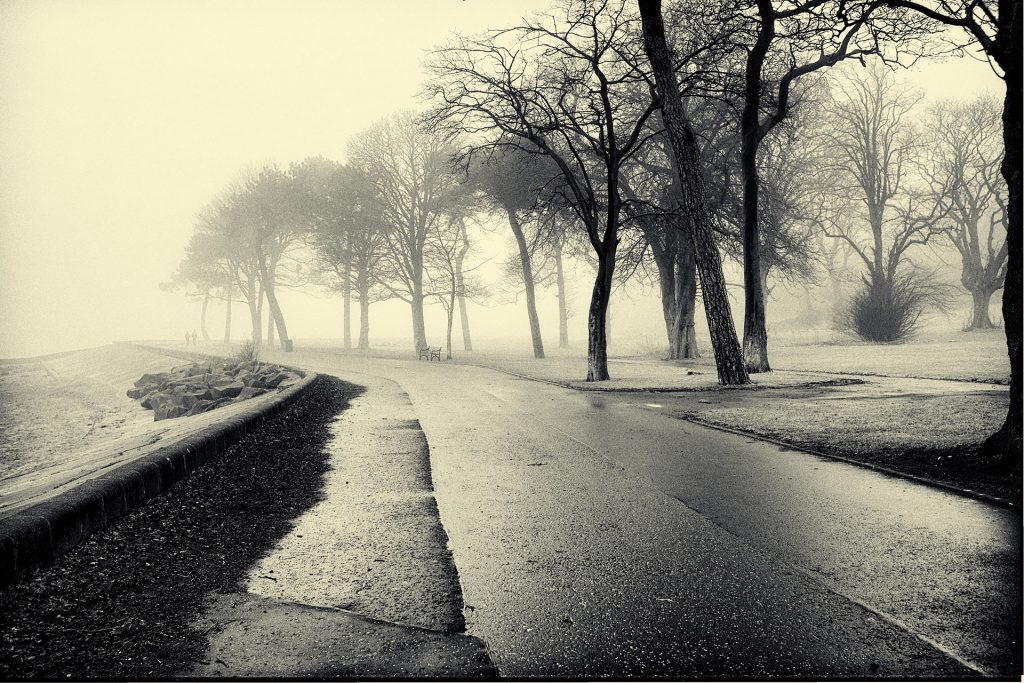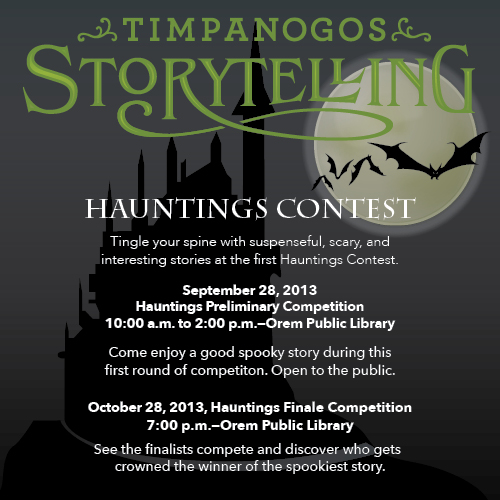The key to making any lesson go from interesting to memorable is a story. A carefully chosen, well-timed story can help a student understand and remember the lesson, and – more importantly- understand how to apply the lesson to their lives. Researchers have found that a human brain can retain more information if it is given in story form then if it is given through a list. . .
From his Appalachian Mountain accent to his incredible talents on pretty much all the instruments, Josh Goforth is one of those storytellers you really…
One of Timpanogos’ favorite storytellers, Charlotte Blake Alston has a wonderful way of weaving stories that allow…
Sam Payne, hailing from right here in Utah, is a stellar teller of stories and songs. Each time I hear him I am impressed with his skill and abilities. A writer, teller, teacher, and radio personality we are happy to have him with us at the festival again this year to share…
Catherine Conant grew up in a large Italian family in New Jersey where she learned to stitch together the things of family and of imagination to…
We are excited to welcome Michael Reno Harrell to the festival for the first time this year! Coming from the Southern Appalachian Mountains his stories and songs have been described best as “like a breakfast of butter and molasses on a warm biscuit…
Bil Lepp is a very candid and soothing storyteller with a desire to instill in all of his listeners the virtues of obedience and honesty. Okay, that wasn’t all true. Bil is a world-renowned liar and a favorite of the Timpanogos Storytelling Festival and…
Don’t let the sweet picture fool you, Barbara McBride-Smith is a firecracker of a woman with stories just bursting out of her. From Greek myths, to Bible stories (told with delightful twists), and personal stories that are both knee-slapping and heartwarming, Barbara is sure…
One would be hard-pressed to find someone connected to the festival who has not heard Donald Davis. He is a stalwart, veteran teller and integral part of the festival. I distinctly remember listening to and loving his stories during my first years at the festival as a child and continuing to enjoy his storytelling throughout my life. Now that I am grown with a young family of my own…
To see Kevin Kling perform once is to love him for a lifetime. Kevin is perhaps best known for his commentaries on NPR’s All Things Considered as well as storytelling events around the globe—he is a favorite at the Timpanogos Storytelling Festival—but is also an accomplished author and playwright. Growing up in the Minneapolis suburbs of Brooklyn Park and Maple Grove provided fertile ground for a special blend of autobiographical stories rooted in the unique culture of Minnesota…

Welcome to this year’s Timpanogos Storytelling Conference at the Provo Marriott Hotel & Conference Center. We are so pleased that you are joining us! I would like to take this opportunity to introduce you to the Conference Center located at 101 West 100 North in Provo, Utah. Please plan on parking in the Marriott Parking Garage . . .

We love our sponsors! Timpanogos Storytelling simply would not survive without them. Today, we would like to congratulate our superstar sponsor, Kaleidoscope Pictures. They were awarded a Regional Emmy for their program, The Song That Changed My Life: Howard Jones. Kaleidoscope first connected with Timpanogos Storytelling in 2011 when they filmed What’s Your Story? A Donald Davis Workshop. Along the way, they fell in love with storytelling. . .
I tried to warn them, but they came anyway, all 24 contestants, came and told their scary stories. All seemed to be going well; no sign of danger anywhere. The stories were creative and fantastic. The judges and I agreed that time was flying by and we were entertained as was the audience. Then we heard a rushing sound coming from the north side of the room as the giant mass of red goo swept through the Storytelling Wing like a flash flood. What was I supposed to do? I had no weapons . . .
It was such a wonderful year for the Timpanogos Storytelling Festival and so it is no wonder that we are having a hard time officially saying goodbye. But, alas, all things must come to an end—and besides we have some fun things coming up in the next couple of months. As we make our final goodbye, we offer this look back in pictures at the 24th annual Timpanogos Storytelling Festival:

It is Saturday, 6 pm at the Orem Public library and I have just picked up the last of the entry forms for our new “Hauntings” storytelling competition. The library is now closed and I head back to my car so excited for the contest next weekend I can hardly stand it. I tuck the entry forms under my arm. As I approach my car I notice it is partially engulfed in a red gelatinous mass. . .

With the temperatures (finally!) starting to creep slowly down the thermometer, my thoughts are increasingly turning toward my very favorite season: fall. With sweaters, hot chocolate, all things pumpkin flavored, leaves changing colors, crisp air, boots, soup, and football, what is not to love about this season? And with Halloween just around the corner. . .





